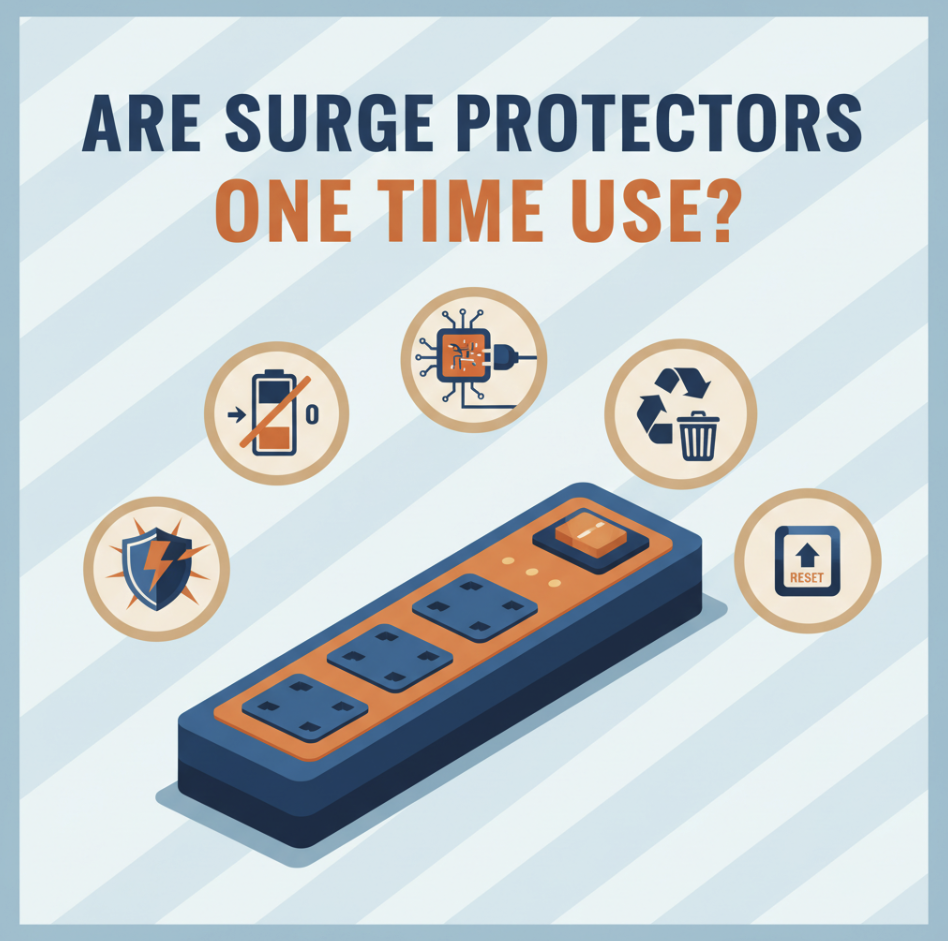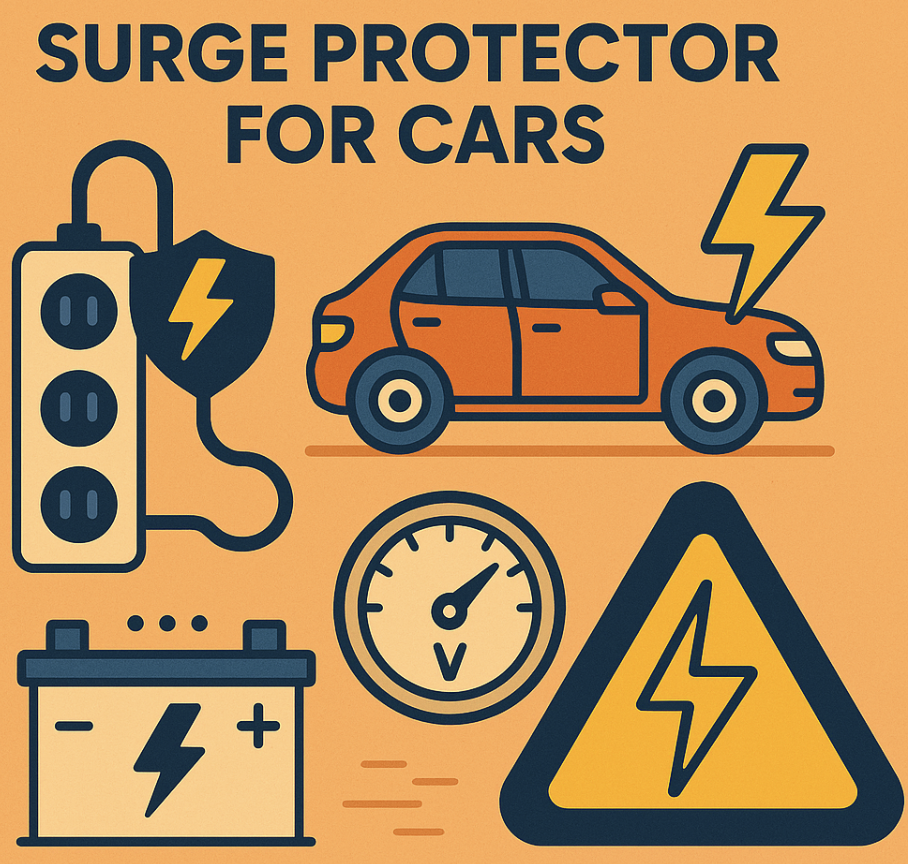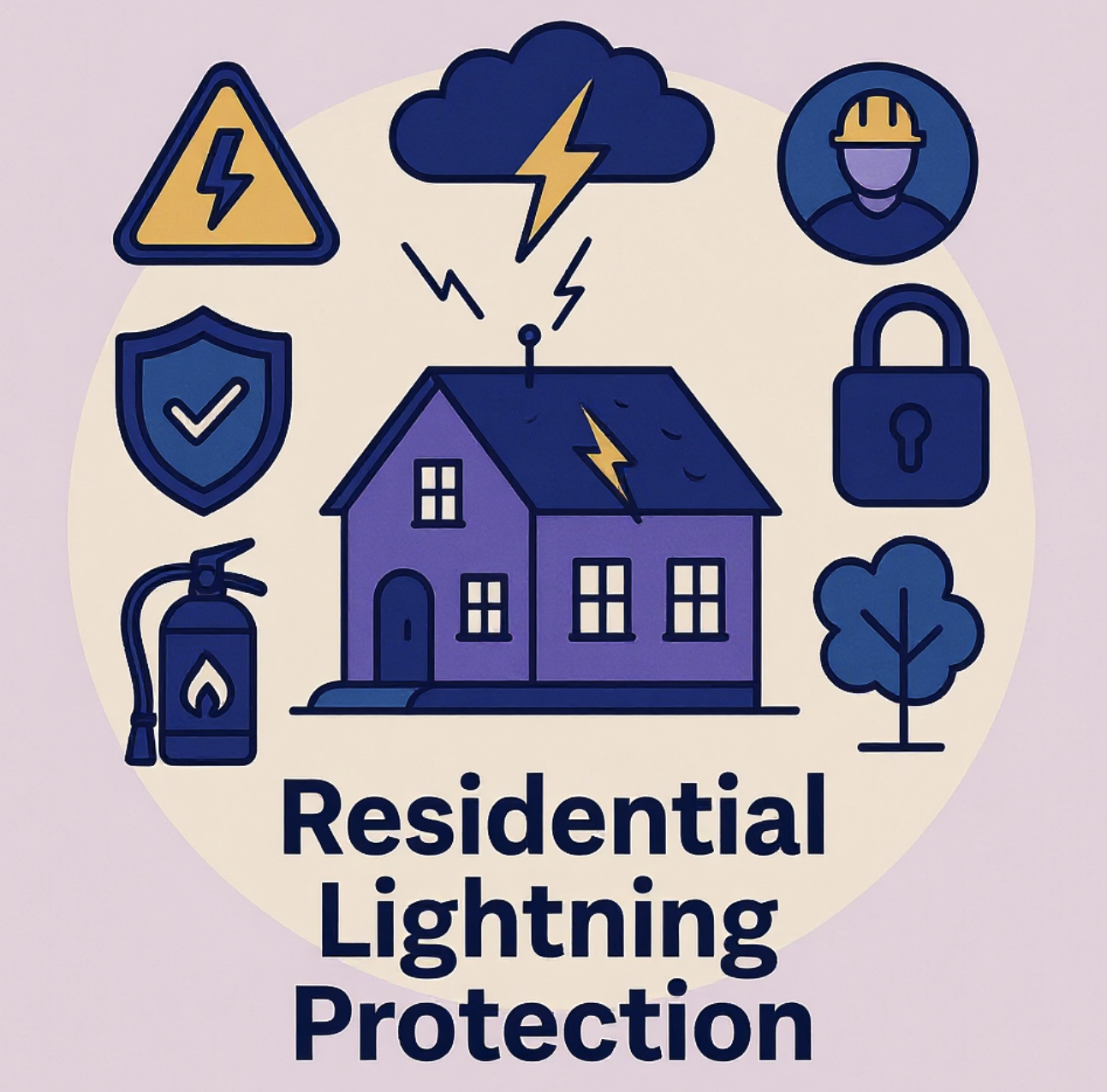Published By: Sean Hudson | Last updated on July 2, 2025 and reviewed by Editorial Team

When it comes to fire safety, one crucial aspect of fire prevention is understanding the effectiveness of surge protectors in safeguarding your home.
Surge protectors play a vital role in reducing the potential fire hazards associated with power surges and electrical issues.
By diverting excess electrical energy away from connected devices, surge protection devices help prevent overheating and mitigate the risk of fires.
By understanding the benefits of surge protectors and integrating them into your overall home fire safety plan, you can create a safer living environment for yourself and your loved ones.
How Do Surge Protectors Prevent Fires?
When it comes to fire prevention, surge protectors are an essential tool in minimizing the risk of fires caused by electrical surges.
Electrical surges can occur due to various factors such as lightning strikes, power grid fluctuations, or faulty electrical equipment. These surges can overload circuits and damage electrical devices, posing significant fire hazards.
Surge protectors play a critical role in reducing the potential for fires by acting as a defense mechanism.
They are equipped with technologies such as metal oxide varistors (MOVs) and gas discharge arrestors (GDAs) that can detect and absorb excess voltage, preventing it from reaching connected devices.
By diverting excess energy away from devices, surge protectors effectively prevent fire hazards caused by electrical surges.
By mitigating electrical surges, surge protectors provide an effective line of defense in fire prevention.
What Are Electrical Surges?
Electrical surges are sudden increases in voltage that can have disastrous consequences if left unchecked.
Surges can cause electrical circuits to overload, resulting in the overheating of wires and electrical components.
This overheating can lead to electrical fires that pose a significant risk to both property and lives.
Surge Protectors vs. Power Strips: The Difference
While surge protectors are often confused with power strips, it is important to understand the difference between these two devices.
Power strips are simple extension cords that provide additional outlets, allowing multiple devices to be plugged in simultaneously.
However, power strips do not offer any protection against electrical power surges.
On the other hand, surge protectors are designed to offer protection against electrical surges.
They are equipped with surge suppression mechanisms that detect and divert excess voltage, protecting connected devices from damage and fire risks.
When it comes to fire prevention, surge protectors are the superior choice over power strips.
Can Faulty and Overloaded Surge Protectors Cause Fire?
Faulty surge protectors can indeed pose a fire hazard, leading to potential risks if not used correctly.
A house fire in Clarksville was attributed to a faulty surge protector that was overloaded and daisy-chained with another surge protector.
The Fire Marshal for Campbell County also highlighted the number of fires caused by overloaded surge protectors. He also stressed the importance of using approved devices to prevent fire hazards.
These incidents stress the importance of using surge protectors properly.
Plug them directly into wall receptacles, and ensure that the connected devices do not exceed the capacity of the surge protectors.
Risk Factors: When Surge Protectors May Not Be Enough
While surge protectors are effective in preventing fires caused by electrical surges, there are certain risk factors where surge protectors may not be enough.
It is important to acknowledge these risk factors and take additional fire prevention measures to ensure electrical safety.
Old or Faulty Wiring
One of the key risk factors is old or faulty wiring.
Over time, wiring can degrade, become frayed, or develop loose connections, increasing the risk of electrical fires.
Even with surge protectors in place, faulty wiring can still pose a significant fire hazard.
Regular inspection and maintenance of wiring systems are crucial for identifying and resolving potential issues.
Overloaded Electrical Circuits
Another risk factor is overloading electrical circuits.
When too many electrical devices are plugged into a single circuit, it can lead to overheating and potential fire hazards.
Surge protectors can help distribute electrical current and prevent overload in some cases, but it is crucial to avoid overloading circuits by plugging in too many devices.
Electrical Safety Hazards
Other electrical safety hazards, such as damaged outlets, extension cords, or improper installation of electrical systems, can also increase the risk of fires.
To enhance overall fire safety and prevent fires effectively, it is crucial to identify and address these risk factors by:
- Regularly inspecting and maintaining electrical wiring systems to ensure optimal functionality and reduce the risk of fire hazards.
- Using surge protectors responsibly and avoiding circuit overloads by distributing the load evenly across different circuits.
- Taking proactive measures to mitigate other electrical safety hazards, such as using proper outlets, avoiding damaged extension cords, and ensuring the correct installation of electrical systems.
By considering these risk factors and implementing appropriate fire prevention measures, homeowners can significantly enhance electrical safety and reduce the risk of fires in their homes.
While surge protectors play a vital role in fire prevention, it is essential to take a comprehensive approach to ensure optimal protection and peace of mind.
Comprehensive Fire Safety: Beyond Just Surge Protectors
A comprehensive fire safety plan involves more than just relying on surge protectors.
While surge protectors are an essential component, they should be incorporated into a larger fire prevention plan to ensure maximum safety.
By considering additional safety measures and regularly inspecting and replacing electrical components, homeowners can significantly reduce the risk of fire hazards.
Incorporating Surge Protectors into a Larger Fire Prevention Plan
Surge protectors are a crucial component of a comprehensive fire prevention plan.
They provide an effective defense against electrical surges that can lead to devastating fires.
By strategically placing surge protectors throughout your home, you can safeguard not only your electronic devices but also minimize the risk of electrical fires.
Consider installing surge protectors near high-risk areas such as kitchens and home offices, where multiple electrical appliances are in use.
Having surge protectors in bedrooms and living areas can provide an extra layer of protection for valuable electronics, reducing the risk of fires caused by power surges.
Remember to choose surge protectors that have been tested and certified by reputable organizations, ensuring they can handle high current loads and provide reliable protection.
Regular Inspection and Replacement of Electrical Components
Regular inspection and maintenance of electrical components are crucial to fire safety.
Over time, electrical wiring, outlets, and switches can deteriorate, increasing the risk of electrical faults and potential fires.
Therefore, it is recommended to include routine inspections and assessments as part of your fire prevention plan.
Consult a qualified electrician to inspect and identify any signs of wear and tear, loose connections, or damaged electrical components in your home.
Faulty wiring, outdated outlets, and frayed cords should be promptly replaced to prevent electrical fires from occurring.
Ensure that circuits in your electrical panel are appropriately sized and not overloaded, as overloaded circuits can overheat and is potentially a fire hazard.
Additional Fire Safety Measures Every Household Should Consider
While surge protectors and regular inspection of electrical components are important, there are several additional fire safety measures that every household should consider:
- Install smoke detectors on every level of your home, ensuring they are functioning correctly by testing them regularly and replacing batteries as needed.
- Keep flammable materials away from heat sources and store them safely.
- Create and practice a family fire escape plan, ensuring that everyone knows the quickest and safest way to exit the house in case of an emergency.
- Store fire extinguishers in easily accessible locations, and make sure all family members know how to operate them.
- Teach children about fire safety and the importance of not playing with matches or lighters.
By implementing these additional fire safety measures, along with surge protectors and regular electrical inspections, you can significantly reduce the risk of electrical fires and create a safer living environment for you and your loved ones.








